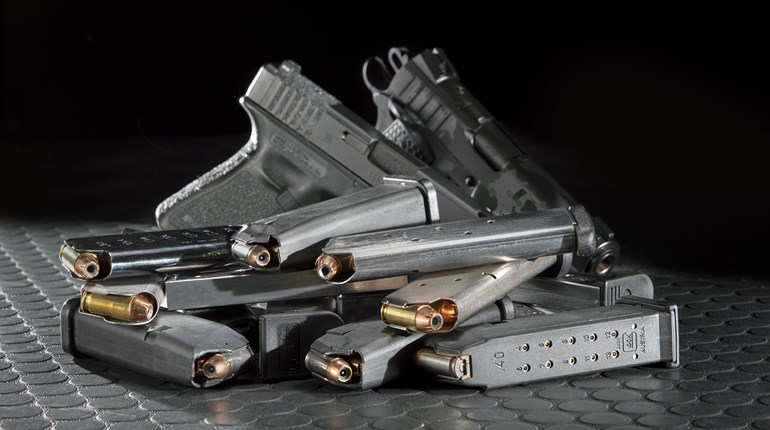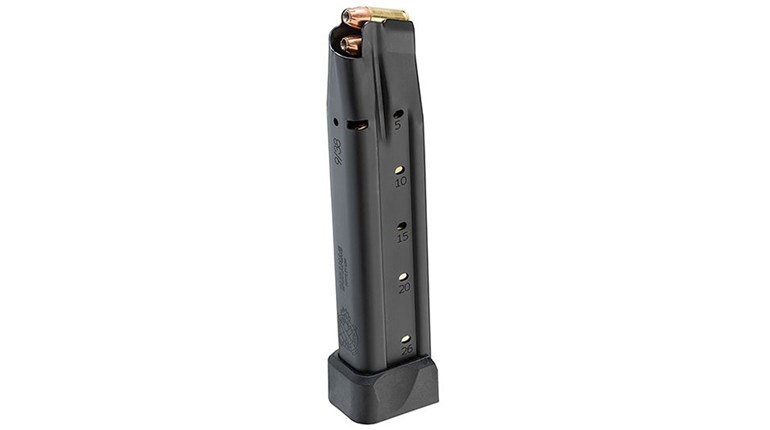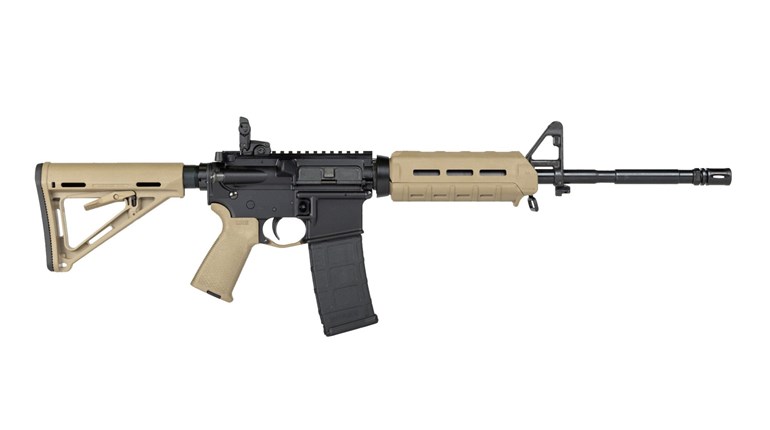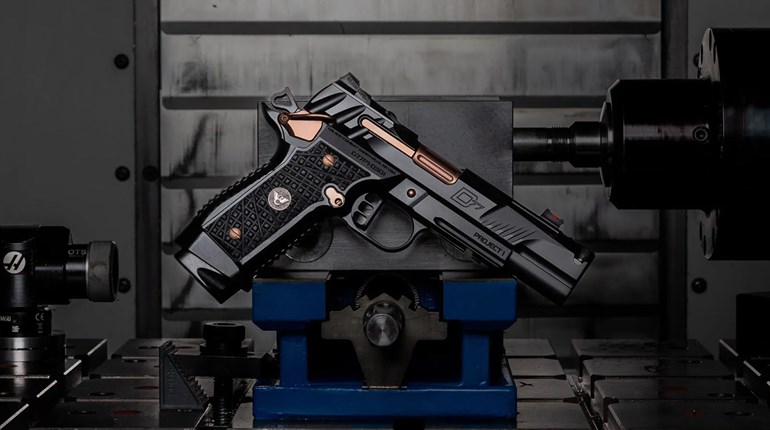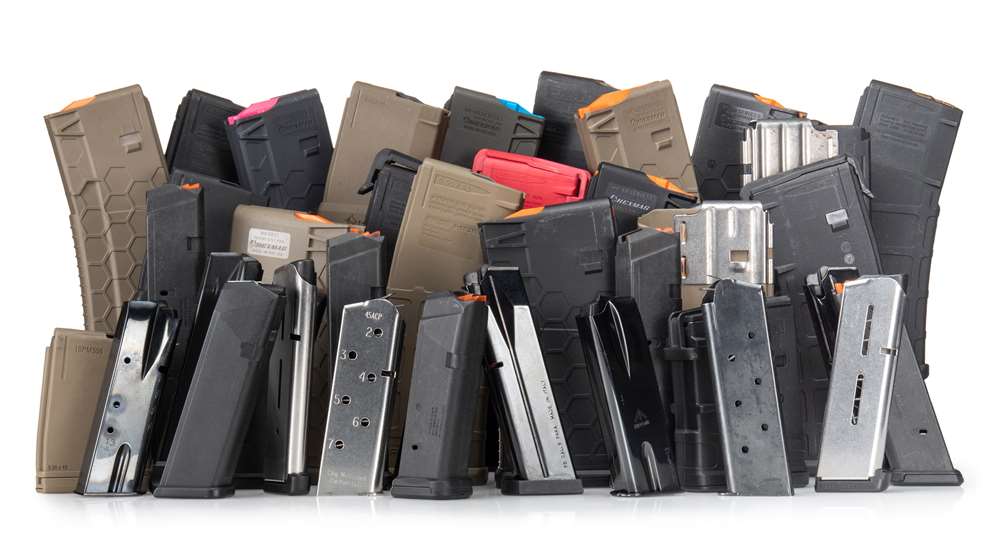
They fall in the mud, bounce off the floor, spend years under pressure and, through it all, rarely require maintenance. Quality magazines deliver, despite abuse and neglect. Shooting Illustrated—your information-packed, high-performance version—asked the experts how they design and test the critical firearm component too often taken for granted.
Magazines may not be man’s best friend, by any means, but the pros know quality versions are just as loyal, never miss a step at feeding time and prove equally unfailing during a criminal attack. Beneath those deceptively simple looks beats the heart of a technological purebred, one companies are always on the lookout to improve.
“What initiates a new product of any kind is a ‘need’ for the product,” explained Bill Wilson, president and CEO of Wilson Combat and Chip McCormick Custom. “A good example is our 500 series 9 mm Wilson Combat and 9 mm Range Pro mags. At the time these were developed, there wasn’t a reliable 9 mm 1911 magazine on the market.”
“We create ideas for new magazines from what we see in market demand, while also making sure not to violate any OEM contracts we have,” said David Larson, national sales manager for Mec-Gar USA. “We are also always constantly looking to upgrade our magazines for different markets. We have new competition-specific magazines, which are coming out, that will fit in the size requirements of competition while holding a higher capacity and have improved coatings.”
Customer input also drives Mission First Tactical’s introductions, according to vice president David Edelman. “We recently launched our 5.56 polymer-window magazine to help alleviate a supply-chain issue for our customers,” he said, “and will be launching our 7.62 NATO 10- and 20-round magazines shortly to do the same. In a few months you’ll see dustcovers, which are required for a DALO [Defense Acquisition and Logistics Organization] contract we’re working on.”
“I get my ideas from my own firearm problems, issues and seeing other failures in the field of fellow competitors or range shooters,” said Russell Kruse, engineer and product developer for Gun Pro in Missouri. “Then I evaluate and troubleshoot in my head. I also discuss with fellow shooters in IPSC, IDPA, 3-Gun and other competitions to see and witness that they have the same issues and problems that I may experience.”
Modern technology allows a concept to become a prototype with relative ease, according to Wilson. “Projects go from concept to CAD work very quickly,” he said. “In the case of stamped parts, like magazine tubes, the next step would be to laser cut samples for bending into prototypes for testing purposes. Polymer parts would be printed for testing.”
Larson said the process is similar at Mec-Gar, with the design handed off to the company’s engineers who create prototypes. At Mission First Tactical, “It goes to CAD, from there to 3D-prototyping and then gets implemented into tooling,” according to Edelman.
Long before a new magazine design or improvement reaches enthusiasts, it endures testing extensive enough to qualify as torture. “If it’s a totally new design, like the WC 500-9, we shot well over 50,000 rounds in testing using almost every brand of 1911 9 mm pistol on the market,” Wilson said.
Mission First Tactical enlists the aid of industry partners after it has concluded internal testing. “For example, the good folks at Patriot Ordnance Factory are currently running our 7.62 NATO magazines in their production test bays,” Edelman explained. “They’ll put thousands of rounds through hundreds of rifles over the next 30 days and we’ll get a real clear picture before moving forward to market.”
High-speed video is part of the routine at Gun Pro. “Some photography is filmed and zoomed in at 5,000 frames per second,” according to Kruse, who added there’s a final step needed protect any company’s intellectual property, assuming the concept performs properly. “Once complete, it goes through the normal patent-application process.”
It’s the research and exhaustive testing that allow quality magazines to run reliably in tough conditions and thrive where others fail. Manufacturers have done the homework to ensure their products will work every time.












